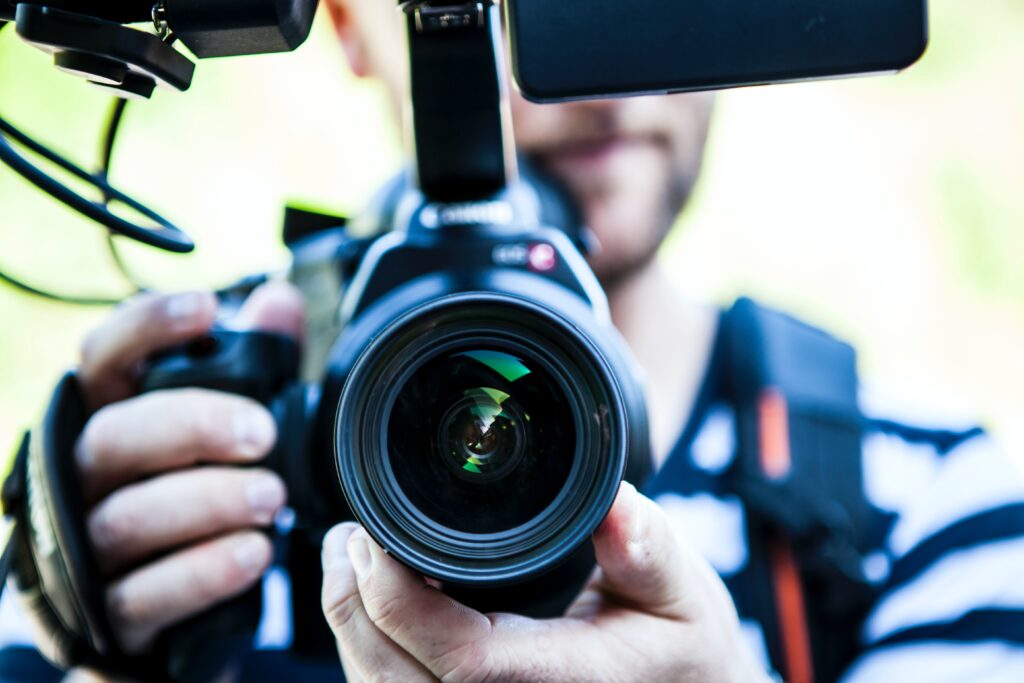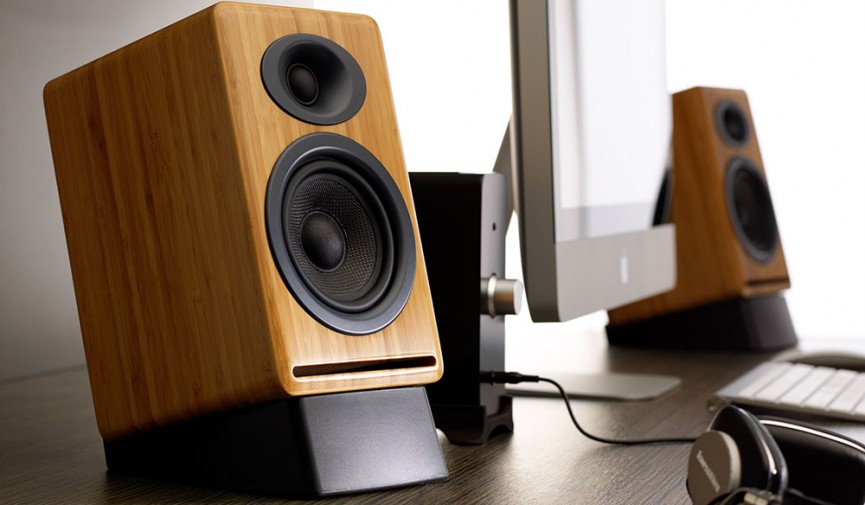Filmmaking and editing have many different rules that cinematographers and film editors are expected to follow or to consider. You might have heard some of these rules such as the 30-degree rule, the 180-degree rule, and the rule of thirds. One of the most basic film editing guidelines that new filmmakers frequently ask about is the 30-degree rule. What is the 30-degree rule in film and what does it mean?
WHAT IS THE 30-DEGREE RULE?
The 30-degree rule in the film is a standard that is set specifically for the purpose of creating continuity between shots when a large sequence of shots is captured.
While filmmakers refer to the rule as the 30-degree rule, it’s not a scientific approach, nor is it an equivalent. Some filmmakers will use “anything more than a 10-degree change” while others will use “no less than 25 degrees,” to describe the rule.
WHAT DOES THE 30-DEGREE RULE MEAN?

So, 25 degrees, 30 degrees, no more than a 10-degree change. What does all of this even mean?
Essentially, the 30-degree rule means that when the camera is being moved between shots it should move at least 25 to 30 degrees with each shot.
The maximum movement should be no more than 180 degrees in total. This will help to reduce the severity of transition jarring or what filmmakers and editors refer to as jump cuts.
Using the 30-degree rule for continuity of filmmaking even with a lot of shots that are taken in sequence there will be a seamless and harmonious continuation from one scene to the next.
ACHIEVING THE 30 DEGREE RULE
Now that we’ve answered the question, “What is the 30-degree rule in the film?” Let’s take a look at a quick example of how you can achieve the 30-degree rule.
As you’re capturing shots, the depth and perspective of the camera are going to change as will the angle. These changes are driven by the story and largely influenced by the overall pace and tone of the film.
As you consider the technical details of each camera position change, make sure that you’re altering the angle of your camera by 30 degrees with each shot.
POSSIBLE STEPS TO TAKE
So, if you’re shooting a scene that includes your talent in a simple scene with a basic background, consider how you will use your camera to work with the story and deliver the concepts of the scene.
Start with a close-up and then consider a 30-degree angle change with your next shot which might be a wide shot that delivers more detail of the scene.
Using a large transition like this will assist you in maintaining the 30-degree rule and eliminating or covering up any minor continuity differences.
THE TAKEAWAY
The 30-degree rule can be used in a variety of ways throughout your filmmaking. So, next time you ask, “What is the 30-degree rule in the film?”
Consider all the different ways that a 30-degree (or approximately 30-degree) camera angle change can reduce the overall jarring sensation of your shots while producing seamless productions!




